Moving towards 100% soy-free diets
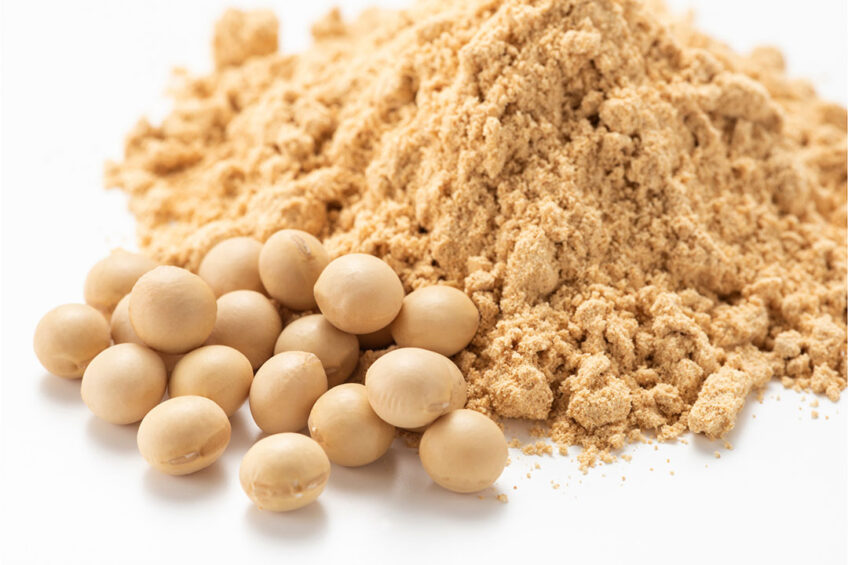
Overcoming the cost and performance limitations of fully replacing soybean meal with sustainable alternative ingredients is a major challenge. Initial insights from a new proof of concept study offer a positive way forward.
Environmental concern around land use and land use change (LULUC), as well as high CO2 emissions linked to long distance transport of soybean meal is driving interest in sustainable alternatives. But although partial replacement with ingredients such as rapeseed and sunflower seed meal has had some reported success, producers have not been able to adopt soy-free feed formulations due to reduced animal performance and a significant increase in costs.
The reduced animal performance can be attributed to higher fibre content, lower amino acid digestibility, and antinutritional factors associated with many of the alternative ingredients. These factors are known to have the potential to reduce nutrient digestion, cause the overgrowth of the microbiota (particularly pathogenic bacteria), and damage animal health.
Yet, demand is gathering pace. In north west Europe, for example, we see a small but growing trend towards soy-free feed formulations. And almost all producers are looking to increase the amount of byproducts and reduce the amount of soy in their broiler diets. Addressing the current limitations and developing effective feed strategies, supported by robust research, is therefore vital for the industry to realise this ambition.
Study aims and method
A study was sought to investigate potential feed solutions by answering four fundamental questions:
Is it possible to maintain performance – as defined by breeder objectives – using only alternative protein ingredients?
Will enzymes help to improve the performance of broilers fed SBM-free diets?
What is the best enzyme/feed additive strategy to achieve the best performance?
Is it possible to achieve economic equivalence for 100% soy-free diets?
Danisco Animal Nutrition & Health worked on the premise that specific enzymes and feed additives could be used to mitigate the known negative effects of alternative ingredients. This assumption was based on existing scientific research carried out over many years in commercial settings. Drawing on this data the following approach was identified:
Phytase was added in all treatments (at the same dose level) to reduce the antinutritional effect of phytate and improve amino acid (AA) and energy digestibility
Xylanase and beta-glucanase to improve non-starch polysaccharides (NSP) and fibre digestion
Protease to increase AA digestion
Betaine or probiotics (in addition to the enzymes) to improve gut health.
In the study, a total of 2,574 Ross 308 male broilers, with 22 birds x 13 floor pens per dietary treatment were used. Nine treatments were developed in total; 1 commercially-relevant SBM-based diet (control) and 8 alternative diets formulated without SBM and soy oil.
The 8 SBM-free diets were designed in a 2 x 4 factorial arrangement, with 2 different levels of crude protein (normal vs low) and each group supplemented with 4 different combinations of enzymes and additives as follows:
750 U/kg of Danisco Xylanase
Axtra XB containing 1,200 U/kg xylanase and 152 U/kg of beta-glucanase
Axtra XB + 0.8% Betafin natural betaine
Axtra XB + probiotics (Enviva PRO, 150,000 CFU/g)
The experimental design can be summarised as follows:
SBM (PC): With Axtra PHY GOLD phytase (applied full matrix and phase dosing of 2000, 1500 and 1000 FTU/kg in starter, grower and finisher respectively) and xylanase (at 750 U/kg)
ALT1: SBM-free basal diet with the same CP level (normal) + 800 U/kg Axtra PRO protease + 4 different combinations of enzymes and other additives (1a, 1b, 1c, 1d)
ALT2: SBM-free diet with CP level reduced by 2-1.5% (low) + 800 U/kg Axtra PRO protease + 4 different combinations of enzymes and other additives (2a, 2b, 2c, 2d).
The birds were fed ad lib pelleted diets in 4 phases:
Starter: 1-10 days
Grower: 10-21 days
Finisher 1: 21-35 days
Finisher 2: 35-42 days
Encouraging results
Analysis of key performance parameters found the best performing alternative SBM-free treatment to be the combination of XB + probiotics with low CP on top of phytase and protease (ALT2d). It reached 98.3% for 42-day BW (3,082g vs 3,136g) and 99% for 1-42 day FCR (1.61 vs 1.60), compared to breeder performance objectives (Figure 1).
Figure 1 – The alternative feed formulation with low CP, supplemented with XB and probiotics on top of protease, achieved the best performance compared to objectives.

Equally important is the observation that the same alternative SBM-free diet (ALT2d) was found to maintain the feed cost per kg BW compared to the SBM-based control diet (Figure 2). This was calculated on the accumulated feed cost of each phase and final BW for each treatment, which enabled the statistical treatment to be tested.
Figure 2 – Comparison of feed costs shows no significant difference between SBM vs the alternative sustainable feed formulations.
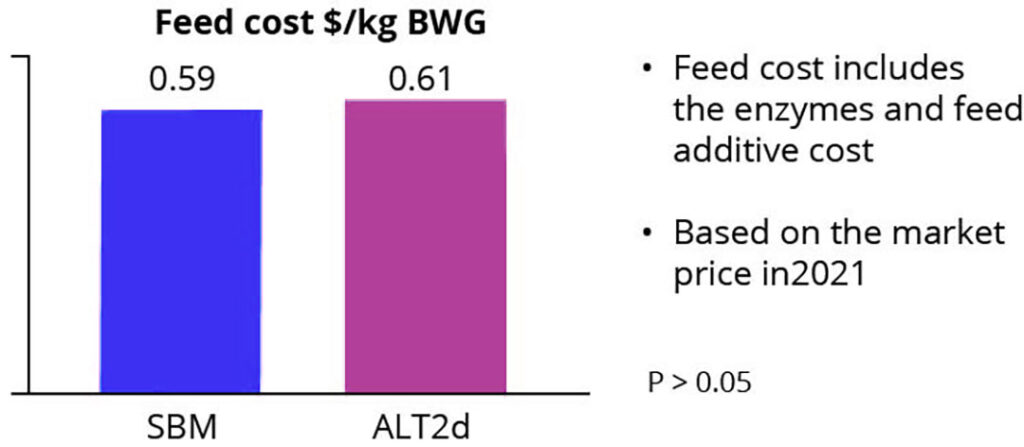
These encouraging findings are the first to suggest that SBM could be completely replaced without significantly compromising breeder performance objectives and economics. They also indicate that a reduced crude protein diet, together with the right mix of hydrolytic enzymes and probiotics is a good strategy for more sustainable production. The results are in the process of being published in a scientifically peer-reviewed journal to make the full details available for all who want to partly or fully replace soybean meal.
Given the importance of this concept to the wider industry, we will continue to invest in robust scientific research to determine the optimal enzymes/additives combination to mitigate the negative effects of using alternative ingredients in broiler diets.
 Beheer
Beheer



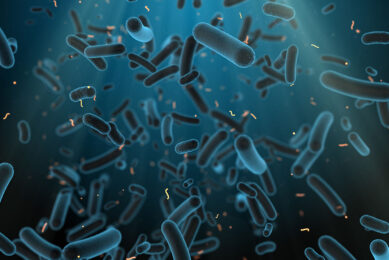
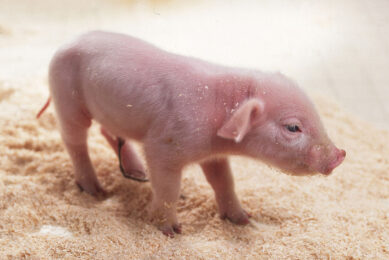
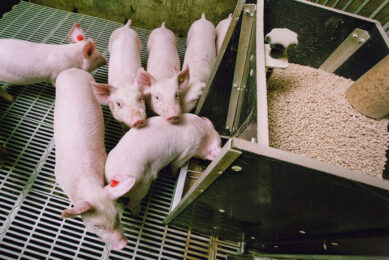
 WP Admin
WP Admin  Bewerk bericht
Bewerk bericht